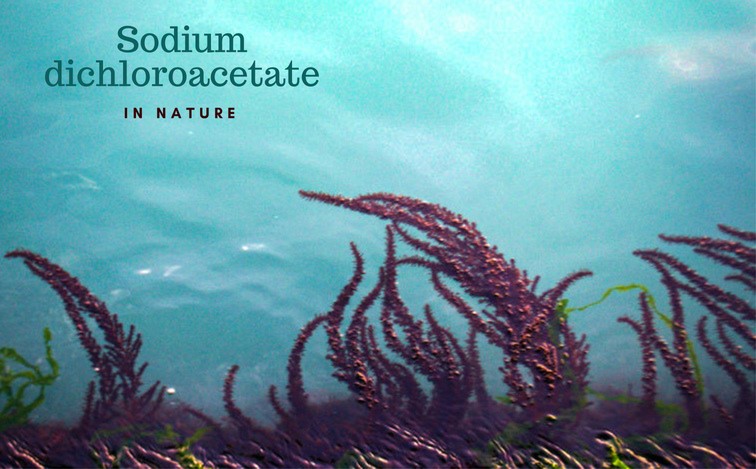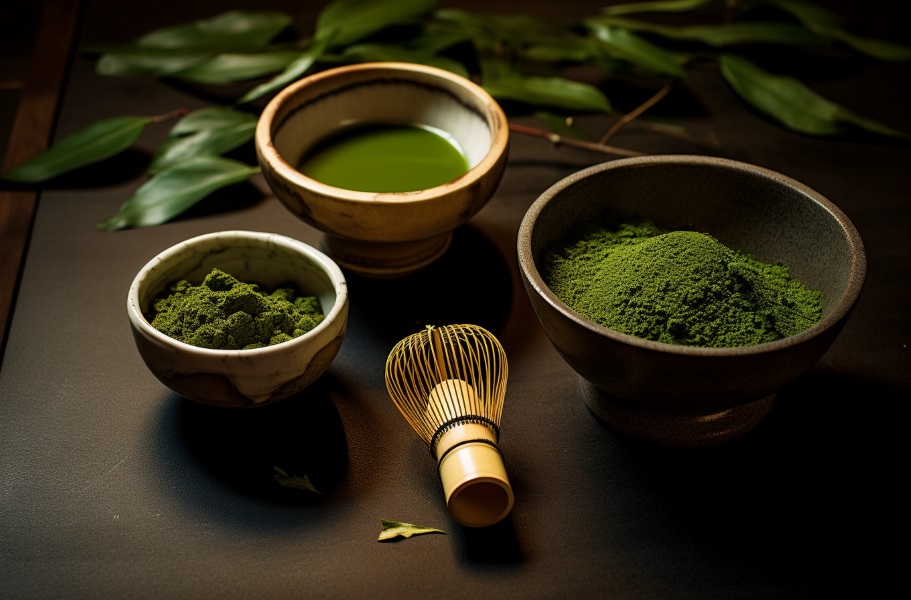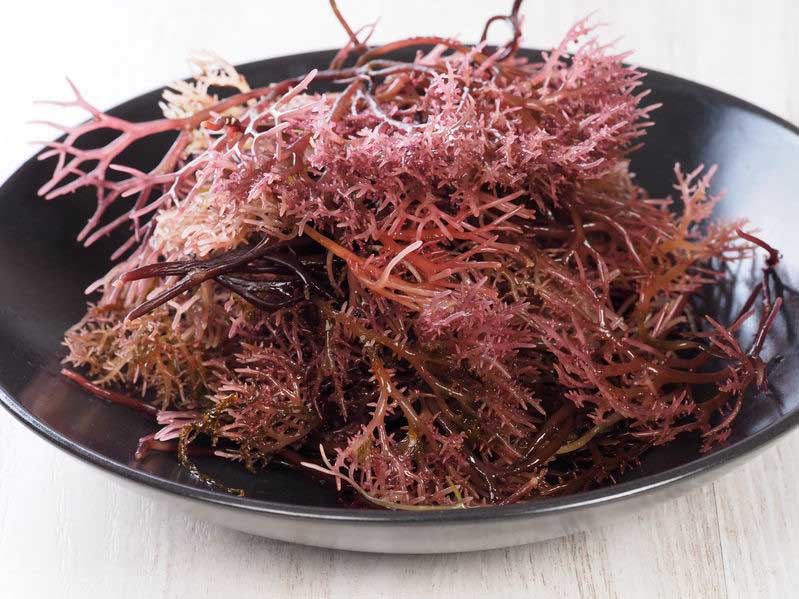
Did you ever have a thought that you would rather eat something that is created by natural forces in the living world than by scientists in a laboratory flask? As time passes by, we humans tend to enrich our daily diets with things that were not so easily available to our ancestors. One of these things is various biologically active compounds.
The particular organic substance which interests DCAGuide the most is dichloroacetate. This simple molecule can exhibit numerious health effects and benefits which are mainly due to the fact that it revives the mitochondrial function.
Today there is still only a handful of research articles which discuss the likelihood of DCA occurring in nature. (Ref.1), (Ref.2)
Interestingly, this could change in the nearby future as more and more scientists discover the exciting applications of marine algae for health. Thereby the organic halogen compounds in these seaweeds might be explored more widely (such as dichloroacetate).

Half a century ago, many people considered dichloroacetate to be just a bi-product of water chlorination (the process of making the water ‘‘germ-free“) and started researching its potential effects on the human condition.
Firstly, the main interest was to find out if the substance could be harmful when ingested with water. Most of the water has about 7–20 μg/l of DCA, some areas have lesser or bigger concentrations. Swimmers, for example, often do their training in swimming pools which are filled with chlorinated water and because of that, have bigger concentrations of DCA in their blood plasma.
Later on, in the 80s, groups of researchers have found interesting applications of Dichloroacetate. Moore and others discovered that this simple molecule could lower the levels of ‘‘bad“ or low density lipoprotein cholesterol in the case of familial hypercholesterolemia. Afterwards, with the enthusiasm of Peter W. Stacpoole, DCA was developed into a drug which decreased serum lactate levels in children with congenital lactic acidosis. This is still, virtually, the only substance that can achieve such results untill the present day.
(Ref.1) (Ref.2)
Moreover, just recently it has been suggested that Dichloroacetate could improve the well-being of people with Chronic obstructive pulmonary disease (COPD). The drug increases mitochondrial function in patients with Pulmonary hypertension and rises positive expectations for people with this condition.
(Ref.1), (Ref.2)
And despite all of these discoveries and ongoing interest, much of the available literature still considers DCA to be solely a synthethic chemical compound, which does not normally occur in the living world. However, today we will discuss why this is not true.

Even though the scientific literature on this subject is scarce, it is confirmed that dichloroacetate is found in at least one red algae – Asparagopsis taxiformis. Of course, this could suggest that DCA only occurs in one organism naturally, but let‘s look at the broader picture.
Rarely, if at all, anyone mentions the high probability that this organic halogen compound could be found in more species such as Asparagospis armata and other seaweeds of this family. These algae, just like A. taxiformis, grow in various places around the world, for example, the Mediterranean sea, the sea around Hawaii and other warm waters. It is speculated that these organisms synthesize and use halogenated molecules for the defense against bacterial, viral and fungal activity.
(Ref.1), (Ref.2)
Investigators guess that the way dichloroacetate appears in these algae is by the activity of an enzyme – chloroperoxidase. (Ref.)
What‘s interesting, Asparagopsis taxiformis extract has been researched as an effective agent against Leishamnia as well as infections caused by bacteria and fungi. There are also studies which suggest that these sea grass could decrease the methane emissions of cows by 70 – 90 % and thus help protect the environment. However, a big quantity of the algae would be needed to feed the cattle.
(Ref.1), (Ref.2)
To our surprise, in Hawaii, Asparagopsis is viewed as a very highly valued seaweed and has been used for centuries as food by the Hawaiians. They say that it goes well with seafood and fish, it is a known condiment that adds flavour and is one of the most popular limu in the cuisine of Hawaii. (Ref.)
We would also want to mention an interesting fact that many of our readers have probably not heard before.
Did you know that dichloroacetate naturally and abiotically forms in the environment around us? The process involves materials found in the soil and humic material. Phenolic substances and chloride containing compounds react with each other and as a result – chloroacetates are created. One of them is dichloroacetate. (Ref.)

So it looks like many scientific journals and resources should check their information twice before classifying DCA solely as a synthetic compound. We already know that the molecule has been ingested by humans as a tiny part of their diets long before the modern chemistry could even manufacture it in labs.
Does this mean that we could get our Sodium dichloroacetate from natural sources? Yes, however, we would need to harvest a lot of red algae, make extracts and then purify the DCA. That would be an expensive and a difficult task which should mainly be done for research purposes.
Remember, to determine the structure of Alpha-Lipoic acid researchers used approximately 10 tons of liver, which only yielded 30 milligrams of ALA! Today Lipoic acid, a daily food supplement, is manufactured only synthetically. (Ref.)
Does this mean that the artificially produced DCA in laboratories is as good for use as the one found in nature? This mainly depends on the purity, but generally – yes.
To tell the truth, when you have such a simple compound with remarkable therapeutic value – the only things that matter is the quality of the product and the knowledge on how to use it.